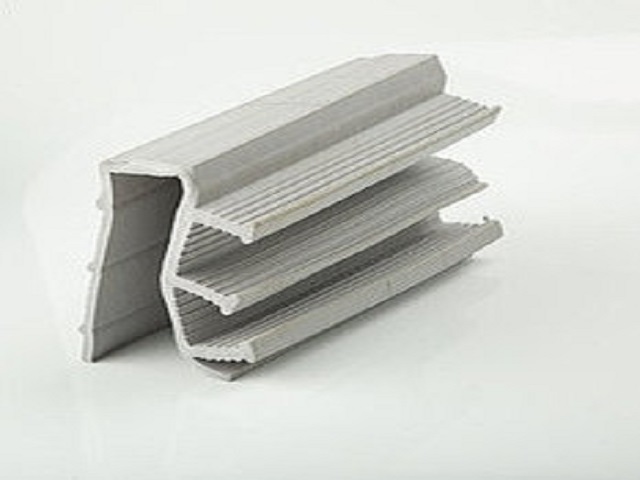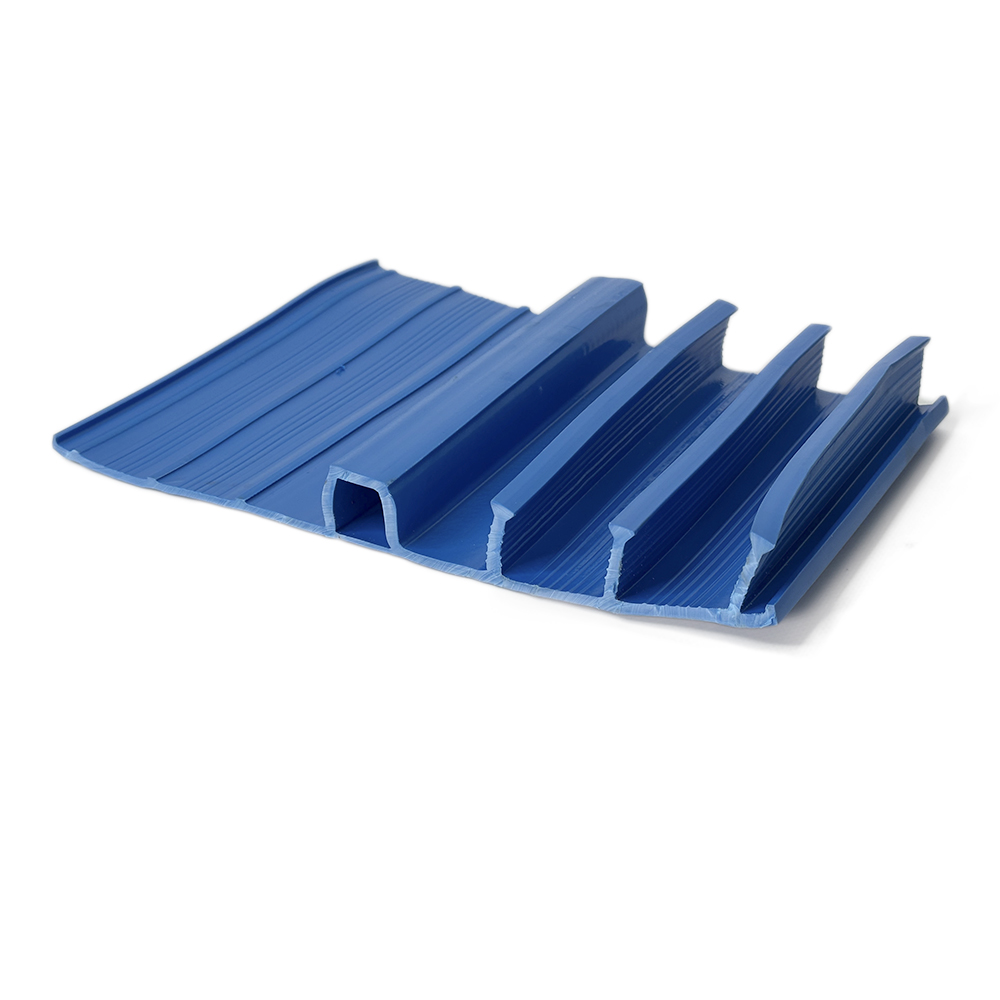Repair hydraulic gasket for expansion joints ND-R 240, PVC, bay 20 m, blue
Product code: 0080
Repair hydraulic joint for expansion joints
520 uah
The ND-R 240 hydraulic gasket is used for waterproofing expansion joints when mating with existing concrete and metal structures. It is used in monolithic construction of buildings, including foundations, underground parking lots, tunnels, canals, etc. The repair hydraulic shingle is fixed to the existing structure, the free part of the hydraulic shingle is loosened to the reinforcing frame of the poured structure, immediately before pouring concrete. They are made of plasticized PVC-p polyvinyl chloride.
- to seal the expansion joints between the finished w/b or metal structure and the poured structure
- for reliable fixation of the hydraulic rod, a metal strip is used, which is fixed outside the hydraulic rod with dowels
- the elasticity of the material allows you to clearly install the hydraulic gasket in the design position
- the presence of ribs on the locking plane and anchors prevents the penetration of moisture into the structure
- it is used in the locations of deformation joints of monolithic reinforced concrete structures
- in particularly important structures, it is complemented by a U-shaped repair hydraulic gasket of the PO series
- They are supplied in rolls of 20 m.p.
How do I install a hydraulic shutter?
The hydraulic shutter is installed in the design position, so that the middle of the hydraulic shutter is located in the center of the intended seam.
The fastening is made directly to the formwork. Holes for fasteners are allowed to be made only in the extreme zone of the hydraulic gasket, behind the extreme anchor. The mounting pitch is 200-300 mm, symmetrically on both sides. Additional fastening is also performed to the reinforcing frame with knitting wire. The connection of the key is made by welding, by heating the ends of the key in a special conductor (for each key there is an individual conductor) or using an industrial hair dryer or a flat heating element. The temperature of the spike is about 200 ° C (selected experimentally). To connect the dowels by the "cold" method, glue is used, for example, a one-component paste-like glue based on
silane modified polymer Innoellast.
Related materials
Related materials
Repair hydraulic gasket for expansion joints of the PO-3 series, bay 20 m
Repair hydraulic joint for expansion joints of the PO-3 series
Combined hydraulic gasket for working joints KAB-125, bay 25 meters
Combined hydraulic gasket for working joints KAV-125, bay 25m
Combined hydraulic gasket for working seams KAB-150, bay 25 meters
Combined hydraulic joint for working seams KAV-150
Repair hydraulic gasket for expansion joints ND-R 200, PVC, bay 20 m, blue
Repair hydraulic joint for expansion joints
Hydraulic joint PO-1 repair hydraulic joint for expansion joints , bay 20 m, gray
Repair hydraulic joint for expansion joints of the PO-1 series
Internal hydraulic gasket for expansion joints VD 200, PVC, 20 m bay, blue
Internal hydraulic gasket for sealing and waterproofing of deformation movable joints VD 200, PVC, bay 20 m, blue color
Hydraulic gasket internal hydraulic gasket for expansion joints VD 240, PVC, blue, bay 20 m
Hydraulic gasket internal hydraulic gasket for expansion joints VD 240, PVC, bay 20 m
© "Protex-S" LLC2021 | Website created by MD Design



